Modern oscilloscopes and digitizers are getting better and better. Higher bandwidth, better vertical resolution, and longer acquisition memories. Not to mention more firmware tools for application-specific measurements. With all these advanced analysis capabilities it is sometimes hard to remember some very old and simple rules that can improve the accuracy and precision of your measurements. Here are a few good ideas to help.
Use the full dynamic range of your instrument’s front end
Digital instruments feed their input signals to an analog-to-digital converter (ADC). The dynamic range of the ADC is related to its number of bits of resolution. The instrument matches the input signal to the ADC input voltage range using attenuators or amplifiers. If the input to the ADC is less than its input range, it reduces the total dynamic range of the ADC. This can happen when users set up multiple traces on the screen.
Some oscilloscopes and digitizers display software only offer a single display grid. If you try and display more than one signal trace at full dynamic range, the signals overlap, making it hard to view them. Most people faced with this problem reduce the vertical scaling of each channel. If you have four traces, just increase the volts per division setting by a factor of four. Each trace now occupies only a quarter of the screen and all four traces fit on the screen with no overlap. Problem solved? Not really. You just reduced the dynamic range by two bits, you made your eight-bit oscilloscope a six-bit oscilloscope. You attenuated the signal, but the internal noise of the instrument is the same, the signal-to-noise ratio is now worse by two bits. Figure 1 shows the effect of the loss of dynamic range.

Figure 1 An example of the decrease in signal-to-noise ratio due to reducing the signal amplitude in order to fit multiple traces on a single grid.
The bottom grid shows the original signal acquired a 50mV/division. The top trace shows the trace acquired at one quarter of the full screen or 200mV/division. If you vertically expand the attenuated trace and display it at the original 50mV/division, the vertical noise has increased significantly as you can tell from the thickening of the displayed trace. Measurements made on the attenuated trace will have increased uncertainty due to a poorer signal-to-noise ratio. This is not a problem for an oscilloscope or digitizer that has multiple grid displays, each grid displays the signal at full dynamic range and multiple signals can be compared, each in its own grid. If you don’t have access to a multiple grid oscilloscope, make sure that any measurements are made on the full amplitude signals, reserve the attenuated signal for visual comparisons only.
Improve dynamic range and measurement accuracy by eliminating noise
Use signal processing in the form of averaging or filtering to reduce noise, improve dynamic range and measurement accuracy. Ensemble averaging, where the nth samples of each acquisition are averaged together over multiple acquisitions, reduces Gaussian noise proportional to the square root of the number of averaged signals. This can bring a low level signal out of background noise for better measurements. It does require multiple acquisitions.
For a single acquisition, you can reduce noise by bandwidth limiting the signal. The improvement of dynamic range is proportional to the square root of the bandwidth reduction. Reduce the bandwidth by a factor of four to achieve a two-to-one improvement in dynamic range. This assumes that the signal has a low bandwidth and is not affected by the bandwidth reduction. Figure 2 shows the improvement that can be achieved using either averaging or filtering.

Figure 2 Averaging multiple acquisitions or filtering a single acquisition can improve the dynamic range of the acquisition by eliminating noise.
The acquired signal is an exponentially damped sine wave. The top trace shows a raw acquisition. Note that the signal disappears into the noise about three quarters of the way across the screen. The center trace shows the average of multiple acquisitions. In the bottom trace, a Gaussian low pass filter has been applied to the acquired signal. Both averaging and filtering reduce the noise and improve the dynamic range of the measurement. The signal is clearly discernible after either type of signal processing.
Improving the accuracy of cursor measurements
Cursors are vertical and/or horizontal lines that can be moved over the oscilloscope or digitizer display to mark significant points on a waveform. Cursor readouts show the time or amplitude of the waveform at the cursor location as shown in Figure 3. The waveform is a keyed RF carrier and the horizontal relative cursors are used to measure the width of the RF burst. This is a measurement that cannot be made with the instrument’s automatic measurement parameters. The cursor horizontal readout appears in the lower right-hand corner under the timebase annotation box, it reads 8.06275 µs.

Figure 3 Horizontal relative cursors are used to measure the duration of an RF pulse burst.
Is that really the duration of the burst? The answer is no. This waveform has two million samples in the acquisition. The horizontal screen resolution is 1920 pixels. So, it’s obvious that not all the samples are shown on the screen. Instrument manufacturers apply compaction algorithms to reduce the number of displayed points. They manage to show significant points like peaks but there is still a lot that you can’t see unless you expand the display.
A more accurate way to make this measurement is the used the zoom traces to horizontally expand the waveform at the start and end of the RF burst as shown in Figure 4.

Figure 4 Using zoom traces to make more accurate placements of the cursors at the first and last sample points of the burst.
Zoom traces Z1 and Z2 horizontally expand the beginning and ending of the burst. The sample counts in the zoom traces are smaller than the screen resolution so the compaction algorithm is not used. The cursors track on the acquired signal and the zoom traces. The cursor on zoom trace Z1 (yellow trace) marks the beginning of the RF burst which starts at a zero crossing. The cursor on zoom trace Z2 (red trace) marks the end of the burst. The cursor horizontal readout shows the burst length as 8.33295 ms, a more accurate result.
Built-in measurement parameters
Oscilloscope and digitizer support software offers built-in measurement parameters. Most oscilloscopes include about twenty or more common measurement parameters like amplitude, frequency, rise time, and fall time to mention a few. Application-specific software packages can increase the number of available parameters to over a hundred. The standard parameter measurements are usually based on IEEE standard 181 which employs statistical techniques to make the measurements on pulse waveforms as shown in Figure 5.

Figure 5 IEEE Standard 181 bases pulse measurement parameters on a statistical determination of the top and base values of a measured pulse.
The amplitude values of the pulse top and base are determined by forming a histogram of the acquired samples of the waveform, this is shown as an inset on the right of the screen. A square wave or pulse waveform will have a histogram with two distinct peaks. The average or mean values of the upper histogram peak is called the “top”. The mean of the lower valued peak is called the “base” of the waveform. Using the statistical mean of many pulse measurements suppresses the effects of waveform aberrations like noise, overshoot, and ringing. The pulse amplitude is the difference between the top and base. The maximum value of the waveform minus the top is the positive overshoot. Likewise, the difference between the waveform minimum value and the base is the negative overshoot. The pulse width is the time difference between the leading and trailing edges crossing the mid-amplitude or median between the top and base. The peak-to-peak value of the waveform is the difference between the maximum and minimum amplitudes. The transition time measurements, like rise and fall time, measure the time to transition from 90% to 10% of the pulse amplitude. If the waveform is not a pulse, the measurement engine sees that because the waveform histogram has more or less than the two peaks that define a pulse. In that case, the amplitude measurement reverts to a peak-to-peak measurement and indicates the fact that the waveform is not a pulse using a measurement status icon under the parameter readout.
In almost all cases, the measurements made using measurement parameters are far more accurate than those made using cursors. They are also made automatically saving a great deal of time.
Measurement Statistics
How do instrument measurements vary from measurement to measurement? Measurement statistics answer that question. Many instruments include statistics reporting along with the basic measurement parameters as shown in Figure 6.

Figure 6 Measurement statistics record how measurement values vary over multiple measurements showing the last value, mean, minimum, maximum, standard deviation, and total population.
Some oscilloscopes include all instance measurements. Time-related measurements, like frequency and width, report one value for each cycle of the measured waveform. If you have 100 cycles of a signal on the screen, the measurement engine adds 100 measurements for each acquisition. Amplitude-related measurements only add a single value per acquisition. You can acquire a good many measurement values over many acquisitions. Measurement statistics provide very useful views of this data. The table under the waveform display, shown expanded in the blue box, lists the last value measured in the acquisition, the mean values of all the acquired values, the minimum and maximum values of the set, the standard deviation of the set, and the total population of all the measurements. It also includes a status indicator and an iconic histogram of all the measurement values.
The amplitude measurement reports that 11,873 values are included in the statistics. The mean or average value is 237.5457 mV. The mean value is reported with a higher resolution than the last value because the mean is an averaged value. As we saw in the waveform, averaging the averaging process improves the vertical resolution of the measurement, the same thing happens if you average multiple measurements, hence the more significant figures in the mean value.
The largest value is 241.5 mV reported as the maximum, the smallest value, minimum, is 234.8mV. These values can help detect transient events that occur during the acquisitions. Other tools can plot measured values versus time to see when transient events occur and match them in time with possible sources.
The standard deviation describes the distribution of the measured values about the mean, in this case is it 826 µV. The mean and standard deviation are useful in understanding the distribution of the measured values as is the iconic histogram. The iconic histogram can be expanded to view the full-sized histogram for a more detailed analysis with its own set of histogram measurements. All of these measurement tools help understand the dynamics of the particular measurements. A knowledge of the distribution of measurements enables you to establish test limits for signals.
Conclusions
These tools and techniques can help improve the measurement accuracy and reliability of your instruments. Other tricks can be gleaned from manufacturer’s webinars and application notes. The more you learn about your instrument, the more accurate and reliable your measurement results will be.
Arthur Pini is a technical support specialist and electrical engineer with over 50 years of experience in electronics test and measurement.
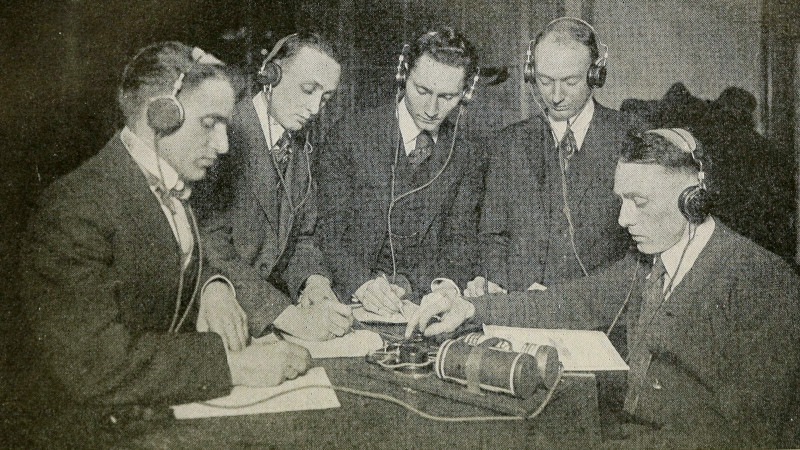
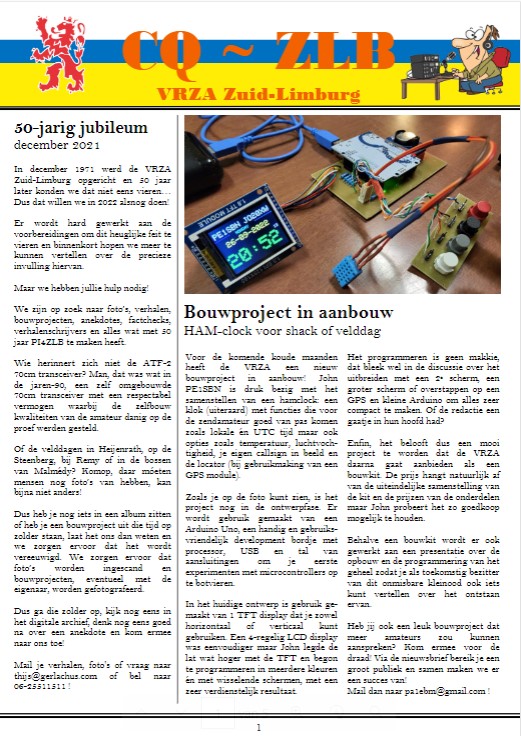
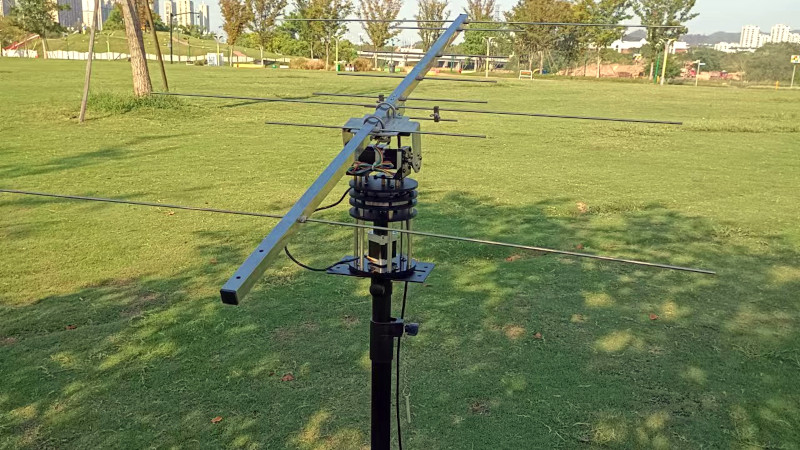

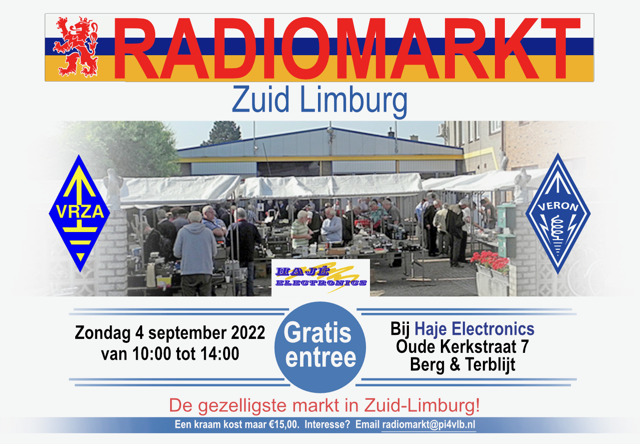
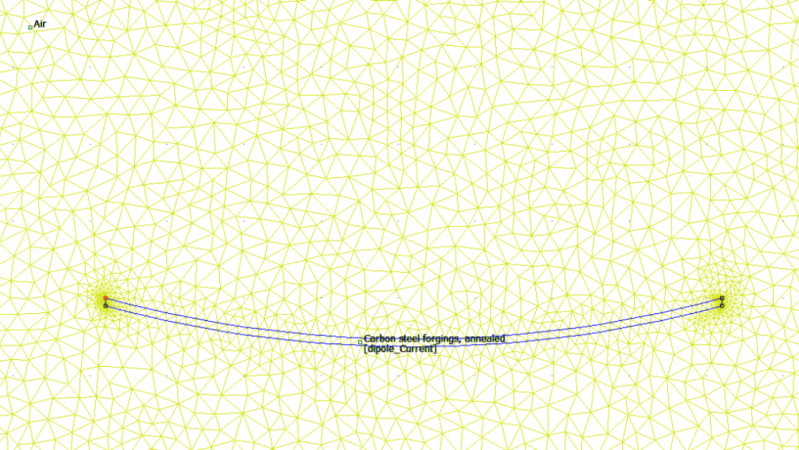
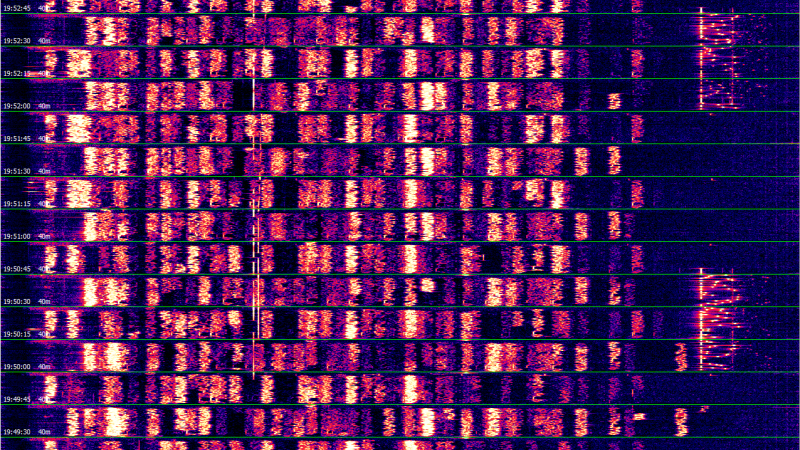

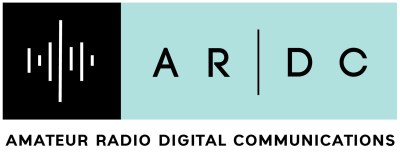
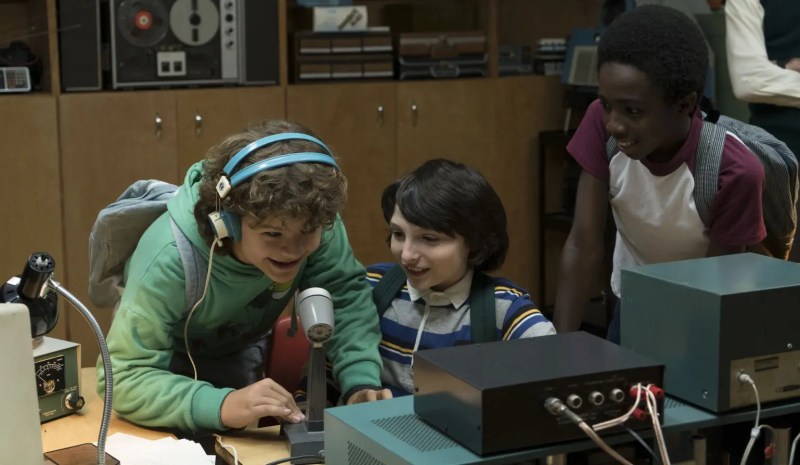
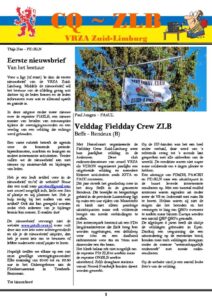
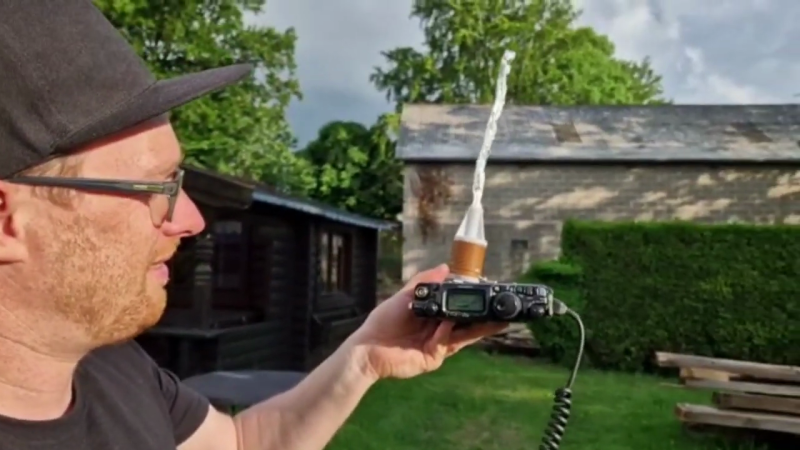


Modern oscilloscopes and digitizers are getting better and better. Higher bandwidth, better vertical resolution, and longer acquisition memories. Not to mention more firmware tools for application-specific measurements. With all these advanced analysis capabilities it is sometimes hard to remember some very old and simple rules that can improve the accuracy and precision of your measurements. Here are a few good ideas to help.
Use the full dynamic range of your instrument’s front end
Digital instruments feed their input signals to an analog-to-digital converter (ADC). The dynamic range of the ADC is related to its number of bits of resolution. The instrument matches the input signal to the ADC input voltage range using attenuators or amplifiers. If the input to the ADC is less than its input range, it reduces the total dynamic range of the ADC. This can happen when users set up multiple traces on the screen.
Some oscilloscopes and digitizers display software only offer a single display grid. If you try and display more than one signal trace at full dynamic range, the signals overlap, making it hard to view them. Most people faced with this problem reduce the vertical scaling of each channel. If you have four traces, just increase the volts per division setting by a factor of four. Each trace now occupies only a quarter of the screen and all four traces fit on the screen with no overlap. Problem solved? Not really. You just reduced the dynamic range by two bits, you made your eight-bit oscilloscope a six-bit oscilloscope. You attenuated the signal, but the internal noise of the instrument is the same, the signal-to-noise ratio is now worse by two bits. Figure 1 shows the effect of the loss of dynamic range.
Figure 1 An example of the decrease in signal-to-noise ratio due to reducing the signal amplitude in order to fit multiple traces on a single grid.
The bottom grid shows the original signal acquired a 50mV/division. The top trace shows the trace acquired at one quarter of the full screen or 200mV/division. If you vertically expand the attenuated trace and display it at the original 50mV/division, the vertical noise has increased significantly as you can tell from the thickening of the displayed trace. Measurements made on the attenuated trace will have increased uncertainty due to a poorer signal-to-noise ratio. This is not a problem for an oscilloscope or digitizer that has multiple grid displays, each grid displays the signal at full dynamic range and multiple signals can be compared, each in its own grid. If you don’t have access to a multiple grid oscilloscope, make sure that any measurements are made on the full amplitude signals, reserve the attenuated signal for visual comparisons only.
Improve dynamic range and measurement accuracy by eliminating noise
Use signal processing in the form of averaging or filtering to reduce noise, improve dynamic range and measurement accuracy. Ensemble averaging, where the nth samples of each acquisition are averaged together over multiple acquisitions, reduces Gaussian noise proportional to the square root of the number of averaged signals. This can bring a low level signal out of background noise for better measurements. It does require multiple acquisitions.
For a single acquisition, you can reduce noise by bandwidth limiting the signal. The improvement of dynamic range is proportional to the square root of the bandwidth reduction. Reduce the bandwidth by a factor of four to achieve a two-to-one improvement in dynamic range. This assumes that the signal has a low bandwidth and is not affected by the bandwidth reduction. Figure 2 shows the improvement that can be achieved using either averaging or filtering.
Figure 2 Averaging multiple acquisitions or filtering a single acquisition can improve the dynamic range of the acquisition by eliminating noise.
The acquired signal is an exponentially damped sine wave. The top trace shows a raw acquisition. Note that the signal disappears into the noise about three quarters of the way across the screen. The center trace shows the average of multiple acquisitions. In the bottom trace, a Gaussian low pass filter has been applied to the acquired signal. Both averaging and filtering reduce the noise and improve the dynamic range of the measurement. The signal is clearly discernible after either type of signal processing.
Improving the accuracy of cursor measurements
Cursors are vertical and/or horizontal lines that can be moved over the oscilloscope or digitizer display to mark significant points on a waveform. Cursor readouts show the time or amplitude of the waveform at the cursor location as shown in Figure 3. The waveform is a keyed RF carrier and the horizontal relative cursors are used to measure the width of the RF burst. This is a measurement that cannot be made with the instrument’s automatic measurement parameters. The cursor horizontal readout appears in the lower right-hand corner under the timebase annotation box, it reads 8.06275 µs.
Figure 3 Horizontal relative cursors are used to measure the duration of an RF pulse burst.
Is that really the duration of the burst? The answer is no. This waveform has two million samples in the acquisition. The horizontal screen resolution is 1920 pixels. So, it’s obvious that not all the samples are shown on the screen. Instrument manufacturers apply compaction algorithms to reduce the number of displayed points. They manage to show significant points like peaks but there is still a lot that you can’t see unless you expand the display.
A more accurate way to make this measurement is the used the zoom traces to horizontally expand the waveform at the start and end of the RF burst as shown in Figure 4.
Figure 4 Using zoom traces to make more accurate placements of the cursors at the first and last sample points of the burst.
Zoom traces Z1 and Z2 horizontally expand the beginning and ending of the burst. The sample counts in the zoom traces are smaller than the screen resolution so the compaction algorithm is not used. The cursors track on the acquired signal and the zoom traces. The cursor on zoom trace Z1 (yellow trace) marks the beginning of the RF burst which starts at a zero crossing. The cursor on zoom trace Z2 (red trace) marks the end of the burst. The cursor horizontal readout shows the burst length as 8.33295 ms, a more accurate result.
Built-in measurement parameters
Oscilloscope and digitizer support software offers built-in measurement parameters. Most oscilloscopes include about twenty or more common measurement parameters like amplitude, frequency, rise time, and fall time to mention a few. Application-specific software packages can increase the number of available parameters to over a hundred. The standard parameter measurements are usually based on IEEE standard 181 which employs statistical techniques to make the measurements on pulse waveforms as shown in Figure 5.
Figure 5 IEEE Standard 181 bases pulse measurement parameters on a statistical determination of the top and base values of a measured pulse.
The amplitude values of the pulse top and base are determined by forming a histogram of the acquired samples of the waveform, this is shown as an inset on the right of the screen. A square wave or pulse waveform will have a histogram with two distinct peaks. The average or mean values of the upper histogram peak is called the “top”. The mean of the lower valued peak is called the “base” of the waveform. Using the statistical mean of many pulse measurements suppresses the effects of waveform aberrations like noise, overshoot, and ringing. The pulse amplitude is the difference between the top and base. The maximum value of the waveform minus the top is the positive overshoot. Likewise, the difference between the waveform minimum value and the base is the negative overshoot. The pulse width is the time difference between the leading and trailing edges crossing the mid-amplitude or median between the top and base. The peak-to-peak value of the waveform is the difference between the maximum and minimum amplitudes. The transition time measurements, like rise and fall time, measure the time to transition from 90% to 10% of the pulse amplitude. If the waveform is not a pulse, the measurement engine sees that because the waveform histogram has more or less than the two peaks that define a pulse. In that case, the amplitude measurement reverts to a peak-to-peak measurement and indicates the fact that the waveform is not a pulse using a measurement status icon under the parameter readout.
In almost all cases, the measurements made using measurement parameters are far more accurate than those made using cursors. They are also made automatically saving a great deal of time.
Measurement Statistics
How do instrument measurements vary from measurement to measurement? Measurement statistics answer that question. Many instruments include statistics reporting along with the basic measurement parameters as shown in Figure 6.
Figure 6 Measurement statistics record how measurement values vary over multiple measurements showing the last value, mean, minimum, maximum, standard deviation, and total population.
Some oscilloscopes include all instance measurements. Time-related measurements, like frequency and width, report one value for each cycle of the measured waveform. If you have 100 cycles of a signal on the screen, the measurement engine adds 100 measurements for each acquisition. Amplitude-related measurements only add a single value per acquisition. You can acquire a good many measurement values over many acquisitions. Measurement statistics provide very useful views of this data. The table under the waveform display, shown expanded in the blue box, lists the last value measured in the acquisition, the mean values of all the acquired values, the minimum and maximum values of the set, the standard deviation of the set, and the total population of all the measurements. It also includes a status indicator and an iconic histogram of all the measurement values.
The amplitude measurement reports that 11,873 values are included in the statistics. The mean or average value is 237.5457 mV. The mean value is reported with a higher resolution than the last value because the mean is an averaged value. As we saw in the waveform, averaging the averaging process improves the vertical resolution of the measurement, the same thing happens if you average multiple measurements, hence the more significant figures in the mean value.
The largest value is 241.5 mV reported as the maximum, the smallest value, minimum, is 234.8mV. These values can help detect transient events that occur during the acquisitions. Other tools can plot measured values versus time to see when transient events occur and match them in time with possible sources.
The standard deviation describes the distribution of the measured values about the mean, in this case is it 826 µV. The mean and standard deviation are useful in understanding the distribution of the measured values as is the iconic histogram. The iconic histogram can be expanded to view the full-sized histogram for a more detailed analysis with its own set of histogram measurements. All of these measurement tools help understand the dynamics of the particular measurements. A knowledge of the distribution of measurements enables you to establish test limits for signals.
Conclusions
These tools and techniques can help improve the measurement accuracy and reliability of your instruments. Other tricks can be gleaned from manufacturer’s webinars and application notes. The more you learn about your instrument, the more accurate and reliable your measurement results will be.
Arthur Pini is a technical support specialist and electrical engineer with over 50 years of experience in electronics test and measurement.